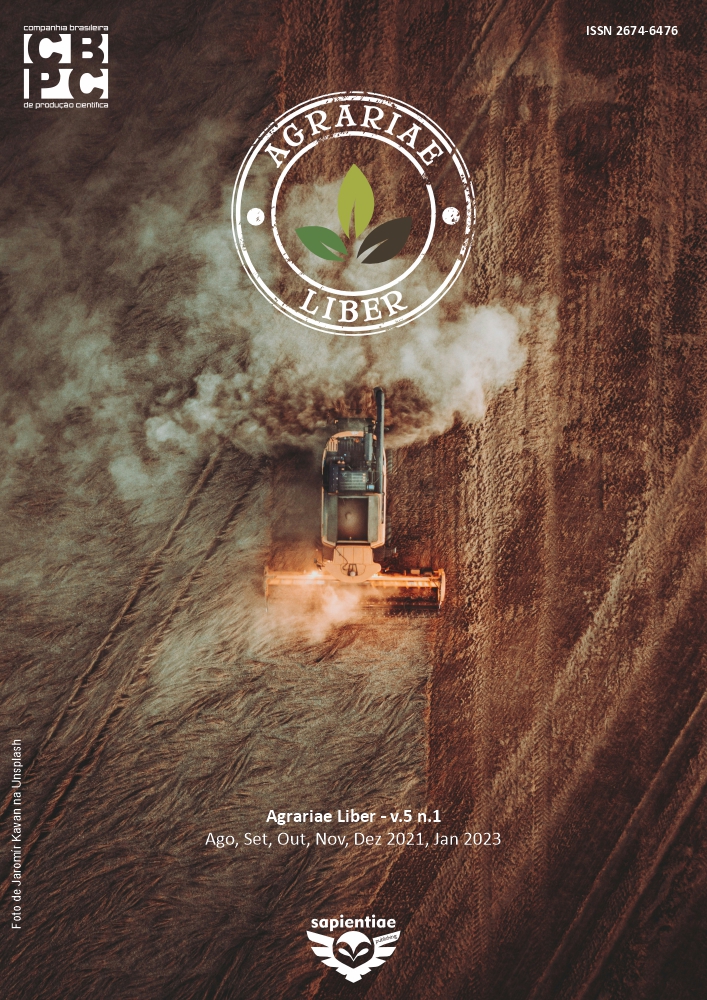Metals in muscles of mullet (Mugil curema) from a contaminated estuary: evidences of potential risks to public health
DOI:
https://doi.org/10.6008/ESS2237-9290.2012.002.0007Palavras-chave:
Mugil curema, Metals, São Vicente, Risk Assessment, BioaccumulationResumo
The São Vicente Channel and Estuary (SVCE) system is located in Baixada Santista metropolitan region (São Paulo State, Brazil) that contains fairly degraded areas where metal-contaminated waters and sediments are observed. Many of these metals can be incorporated into the aquatic food webs by accumulation into organisms such as filter feeders and fishes, with unpleasant consequences for public health. The present study aimed to assess the concentrations of Fe, Cr, Ni, Zn, Mn and Cu in the muscle tissues of mullets (Mugil curema) collected in two tributaries of SVCE and to estimate the risks of intoxication resulting of human consumption of this species. Sampling sites were Branco and Mariana rivers while the Itaguaré River was used as reference area. Fishes were collected with casting nets and Atomic Absorption Spectroscopy (AAS) methods were used for chemical analyses. The mean concentrations of Cr and Ni exceeded the limits established by Brazilian and International standards. The long-term risks for human health associated with fish consumption were estimated for different exposure sceneries, following the method proposed by the United States Environmental Protection Agency. In both rivers, the results evidence risks for human health due to Cr contamination, in sceneries of for frequent consumption of M. curema.Downloads
Downloads
Publicado
Edição
Seção
Licença
A CBPC - Companhia Brasileira de Produção Científica (CNPJ: 11.221.422/0001-03) deterá os direitos materiais dos trabalhos publicados. Os direitos referem-se à publicação do trabalho em qualquer parte do mundo, incluindo os direitos às renovações, expansões e disseminações da contribuição, bem como outros direitos subsidiários. Todos os trabalhos publicados eletronicamente poderão posteriormente ser publicados em coletâneas impressas sob coordenação desta empresa e/ou seus parceiros. Os (as) autores (as) preservam os direitos autorais, mas não têm permissão para a publicação da contribuição em outro meio, impresso ou digital, em português ou em tradução.








